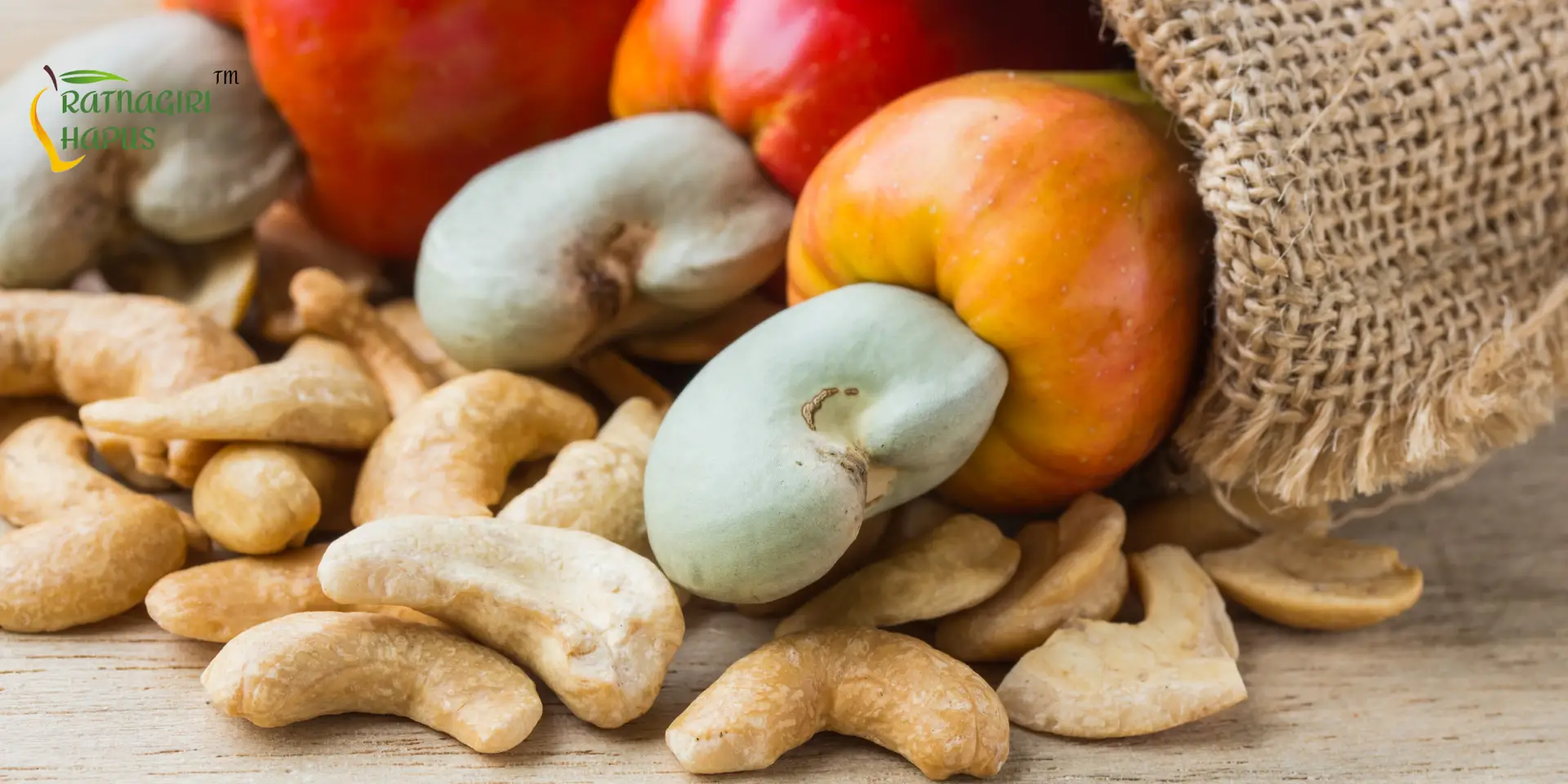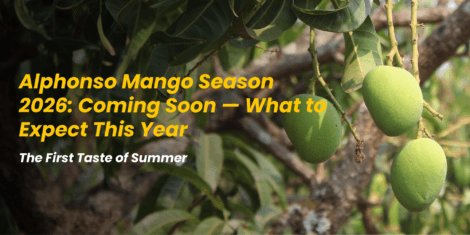Ratnagiri cashews are known for their exceptional quality, flavor, and texture, which sets them apart from other varieties available in the market. However, this premium quality comes with a higher price tag. Here’s why Ratnagiri cashews are often more expensive than other types:
1. Unique Growing Conditions
Ratnagiri, located in the Konkan region of Maharashtra, India, offers a unique climate and soil composition that is ideal for cashew cultivation. The laterite-rich soil and tropical coastal weather contribute to the superior taste and texture of Ratnagiri cashews. These geographical factors are not easily replicable elsewhere, making the cashews from this region particularly special and sought after.
2. Labor-Intensive Harvesting and Processing
The harvesting and processing of Ratnagiri cashews are labor-intensive processes that require careful attention to detail to maintain quality. The nuts are often handpicked and manually shelled to ensure they remain whole and undamaged. After harvesting, they are sun-dried and roasted using traditional methods that enhance their natural flavor. This meticulous process is time-consuming and requires skilled labor, which adds to the overall cost.
3. High Demand and Limited Supply
Ratnagiri cashews are known for their rich, buttery taste and lack of fibrous texture, making them a favorite among consumers both in India and internationally. However, the supply of these cashews is limited due to the specific growing conditions required and the scale of local production. This high demand combined with limited supply naturally drives up the price.
4. Quality Control and Standards
Producers of Ratnagiri cashews adhere to strict quality control standards to ensure that only the best nuts reach the market. This includes grading the cashews based on size, color, and texture, as well as checking for any defects. The rigorous quality assurance process ensures that consumers receive a premium product, but it also contributes to higher costs.
5. Export Costs and Taxes
Many Ratnagiri cashews are exported to other countries, where they are highly prized for their quality. The costs associated with export, including taxes, tariffs, and shipping fees, can also add to the final price of the cashews, especially in international markets.
6. Sustainable Farming Practices
In recent years, there has been a growing emphasis on sustainable and organic farming practices in the Ratnagiri region. Farmers are increasingly adopting eco-friendly methods that avoid the use of harmful pesticides and chemicals. While these practices are better for the environment and result in a healthier product, they can also be more costly to implement and maintain.
Conclusion
The higher cost of Ratnagiri cashews is justified by their unique flavor, superior quality, and the labor-intensive processes involved in their production. When you purchase Ratnagiri cashews, you’re not just paying for a snack—you’re investing in a gourmet product that reflects the rich agricultural traditions and natural bounty of the Ratnagiri region.
If you’re interested in tasting these premium cashews, you can explore our selection of Ratnagiri cashew products at the Ratnagiri Hapus Store.




